The pandemic reshaped how people do business. Many sectors were battered by the global financial crisis; so much so that some could not survive the blow. The few others that did had to change their approach, and in turn they managed to thrive. Many smaller companies and startups were able to run their businesses on a meek budget through flexible and remote work setup. This paved the road for the rise of cloud-based solutions that help people communicate, collaborate, and sync their work wherever and whenever they may be.
The biggest battle right now is SharePoint vs OneDrive. Which cloud-based platform should you choose for your business?
Well, here’s a quick breakdown of their features, functions, and their key differences to help you decide.
SharePoint vs OneDrive: A Glimpse
Microsoft constantly revamps and improves their software, and with the improvement comes overlapping of functions and features of their different tools. These two platforms have so much in common: they both work for file sharing, collaborative work, and project management, but they do so in different ways.

SharePoint
Microsoft’s SharePoint is a tool especially made for collaborative work. Multiple teams and individuals can work on the same product and documents at the same time in this cloud-based platform. Over the past few years, Microsoft released several updates to their Microsoft 365 (formerly called Office 365), including the SharePoint feature. You can, of course, purchase this service by itself as an on-premise solution.
OneDrive
Microsoft’s OneDrive, on the other hand, is basically an online file storage or document folder system. It is mostly used by business teams and individuals who need to have a central storage and easy access for their files and data. It comes with features that make it easy for people to work together in an online filing cabinet.
SharePoint vs OneDrive: how are they different from each other?
Here are some of their common features and functions and how they go about them.
SharePoint vs OneDrive
Microsoft advertises SharePoint and OneDrive differently. The former is mainly a storage system and document management, though it can be customized to provide more than that. The latter, on the other hand, is part of the Office suite used for online services.
Regular users with Microsoft online accounts can use OneDrive personal. For businesses, there is a subscription option named OneDrive for Business, which comes with more features.
SharePoint’s storage locations can be accessed straight from the Office 365 dashboard.
OneDrive’s personal use function is best for users who want to upload their private work documents that only they need to see. However, if that file grows in importance and becomes a crucial aspect for a collaborative work, then you may have to move or copy the file where others can see and work on them too.
Since the default setting for documents is private, moving files from a personal folder to a shared library in OneDrive can be difficult. As for SharePoint, it allows users to set permissions to access files by folder or directory. Each new upload gets unique permissions. This makes SharePoint the better choice for team projects and collaborative work.
Communication Features
The set-off tools and cloud solution of SharePoint makes communication between members easy and convenient, whether inside or outside the organization. Though the tool is unfolded for everyone, it does not compromise security, as there is a secured extranet accessible for internal users. Member users can access using any device, while external users get access through permissions.
OneDrive on the other hand, has two user options; personal or business. This means users can leverage the security of their stored files for confidentiality. However, file sharing can be limited. With OneDrive’s business category, you can share files and collaborate with other members and stakeholders on security, but the capabilities are quite limited.
Collaborative Features
SharePoint makes collaborative work easy through its internal website. This is perfect for employees working remotely, as they can access documents and files using their mobile phone or computer.
SharePoint also imposes different access levels and permissions. This means that you have full control of your stored files – you can manage and distribute it to whomever you want.
SharePoint is also highly customizable. Additional apps offer quick adding capabilities, an app for integration tools outside Microsoft, web design tools for building websites, and the capability that adapts each site to the specific users.
As said earlier, SharePoint comes with tons of features for end users to collaborate with others and tools, such as Excel, Planner, PowerPoint, Power Platform, Teams, Viva Engage (Yammer), Word, Note, etc., along with a custom intranet solution for security. Thus, from a business viewpoint, SharePoint has the edge when it comes to collaboration and communication.

File Sharing Features
Both are excellent for file sharing. With OneDrive, you can save your documents, files, and photos and access them using any device, anywhere. This means you have the freedom to get to your files anytime you want, whether you are using your smartphone, tablet, laptop, and more. You can also edit and share your files across all your devices. Meaning if you lose one device, all your files are kept safe in one place.
You can share your documents and photos with your family and friends, saving you from the hassles of attaching large files on your emails or thumb drives. Simply get the link and send it to anyone you wish to see the file or photo via text or email.
SharePoint vs OneDrive: which one should you get?
The best cloud-based storage software platform for any business or company is the one that everyone can get behind. There is no right or wrong answer when choosing between the two, as different companies from different industries have different needs and operate differently from each other.
If you like the convenience of the cloud and trust the security system of Microsoft, and want them to handle your software updates, then Microsoft 365 has everything you’ll need – both SharePoint and OneDrive capabilities.
Some prefer on-premise solutions, which is what SharePoint provides, including branding, UI control, and strong set of features. Many companies use both for a power pack solution.

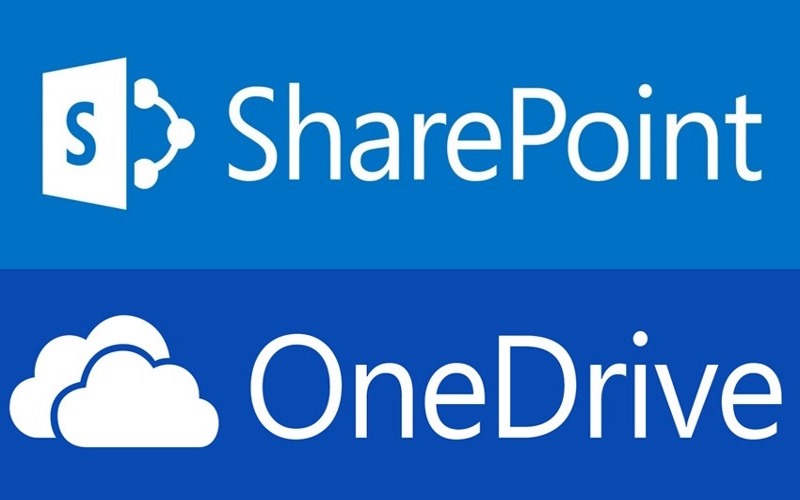
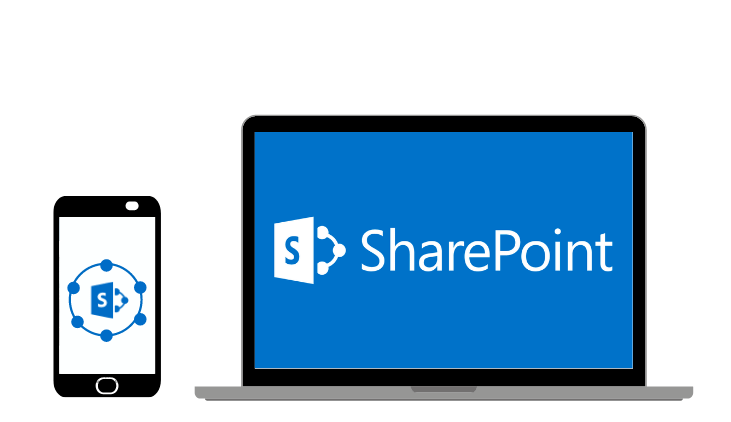


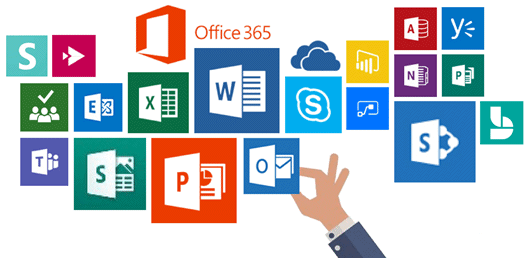
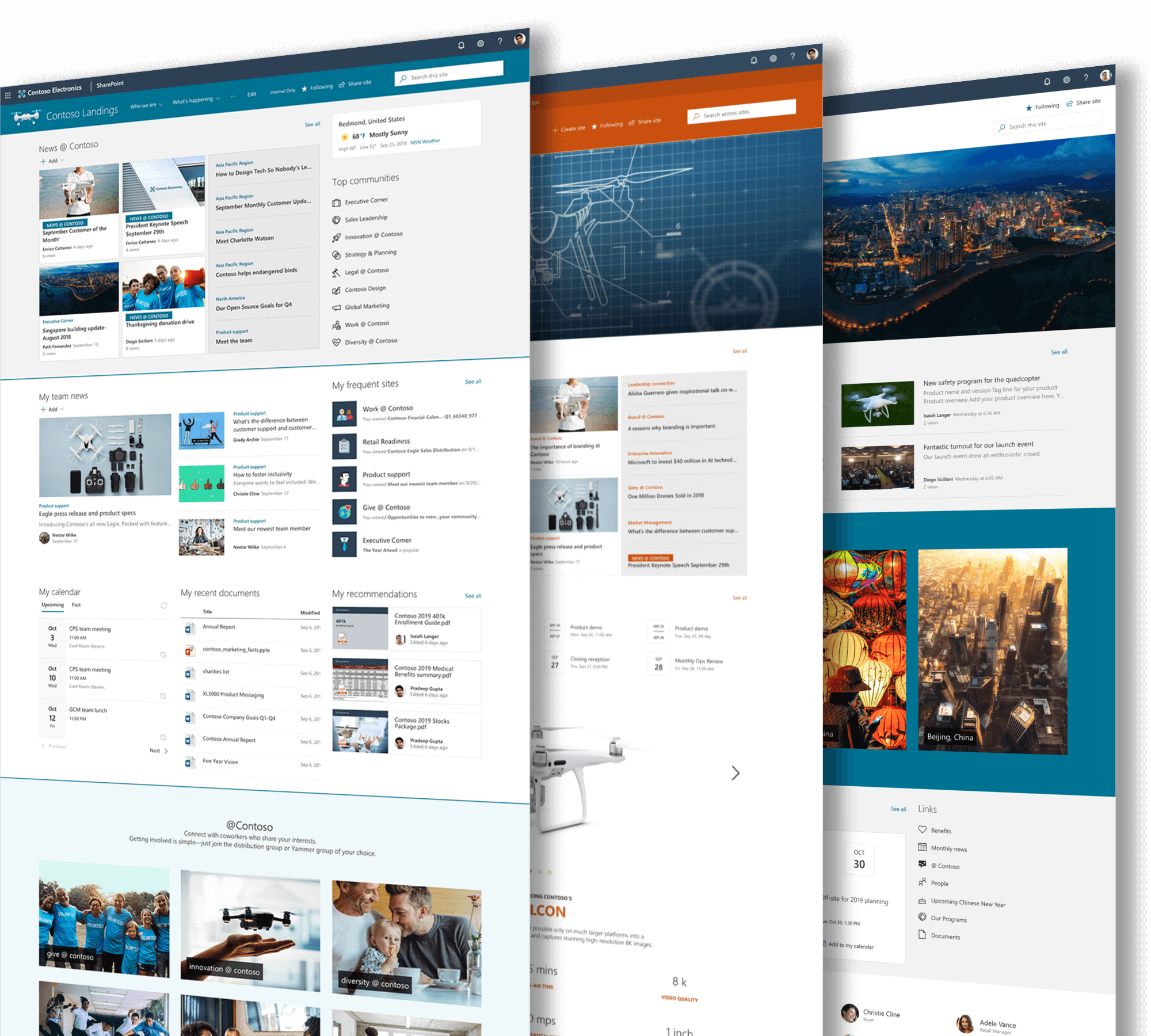
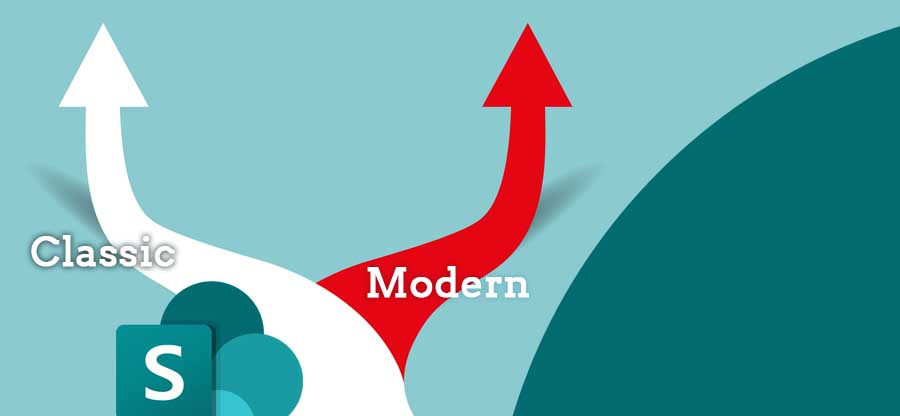


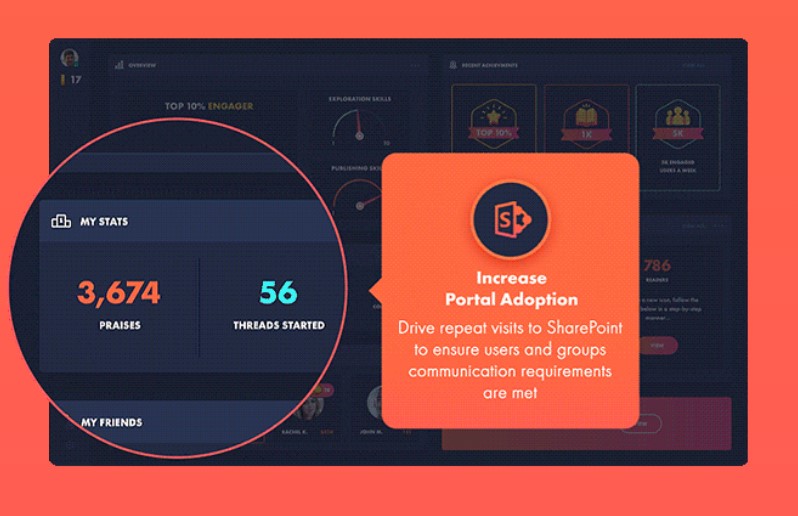
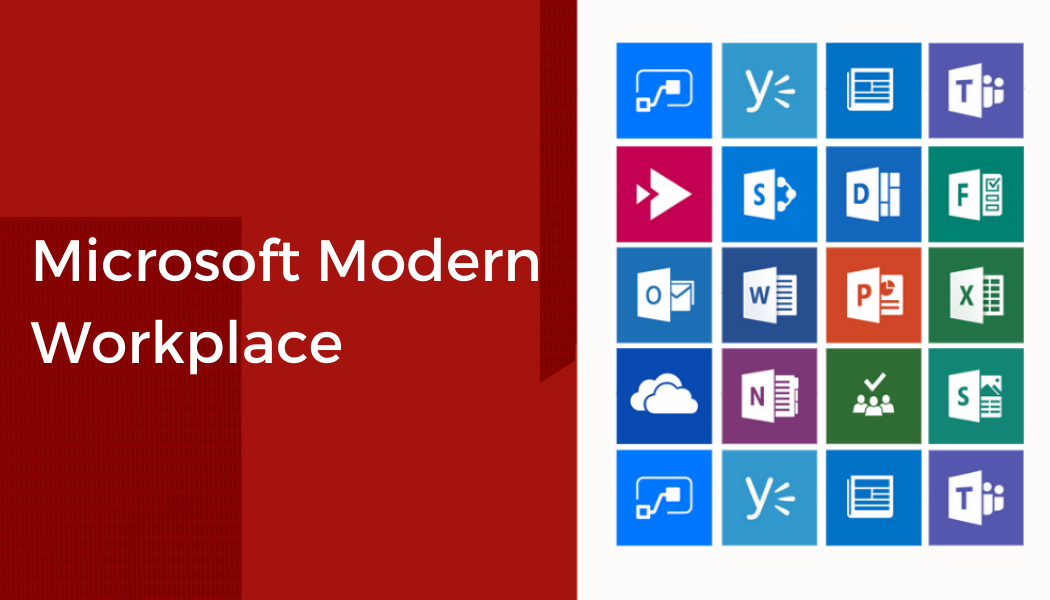

 Follow @cardiolog
Follow @cardiolog 